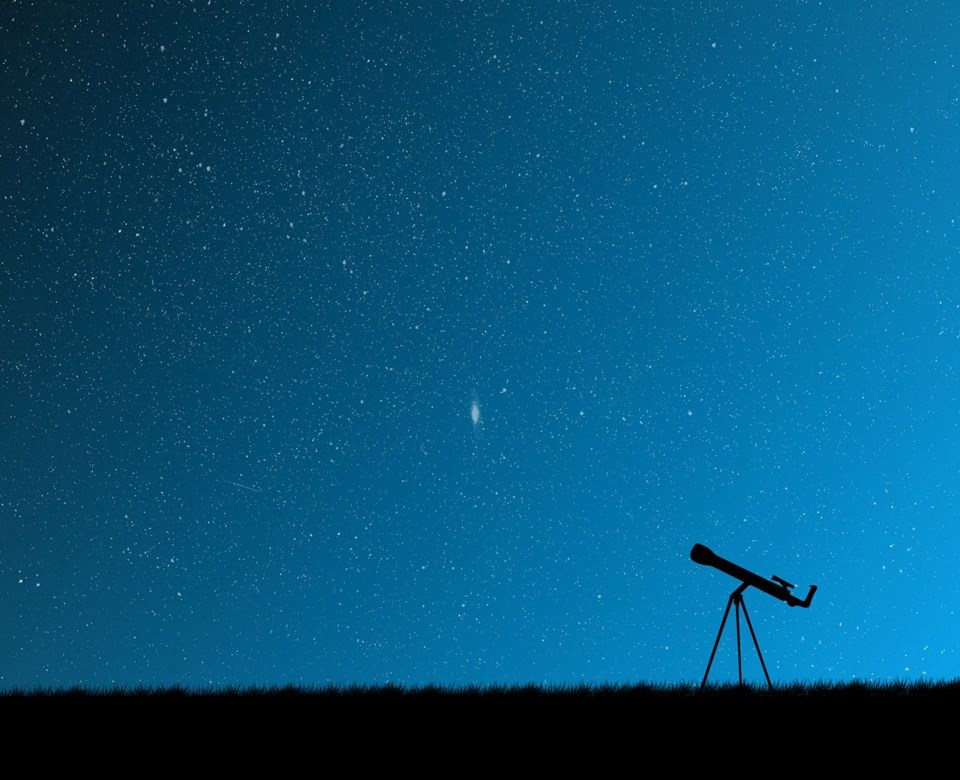2020 has been a year like no other and that will continue as we get closer to Christmas.
Skygazers are looking forward to a cosmic coincidence experts say hasn't been seen since medieval times.
Just a few days before Christmas, on Dec. 21, 2020, Jupiter and Saturn will appear closer in Earth’s night sky than they have since 1226 A.D. Astronomers are calling it the Great Conjunction of 2020 when the two largest planets in our solar system will appear to merge in Earth’s night sky. The two planets will appear from the Earth as if they are one giant celestial body, or a 'Christmas star,' when they are at their closest point.
NASA says unlike stars, sky watchers should be able to easily spot Jupiter and Saturn as they both shine steadily.
The conjunction will also be mostly visible across the world, including in Canada, from Dec. 12-29. But you'll have to be quick. The planets will be visible around sunset in the west but they will set less than two hours later. This of course depends on clear skies. But even if the weather doesn't cooperate, the Lowell Observatory is offering a free livestream of the event.
The conjunction began Dec. 12 but will be the brightest on Dec. 21, which also coincides with the Winter Solstice.
The next Great Conjunction will occur in 2080.




